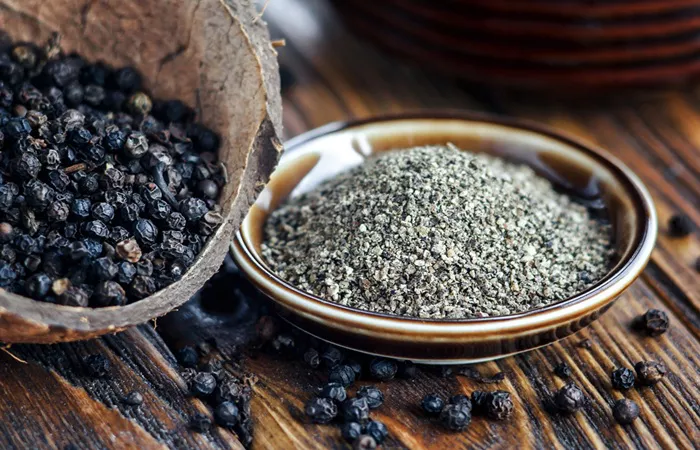Black pepper, a kitchen staple often taken for granted, may soon become more expensive due to ongoing global shortages and upcoming U.S. tariff changes. The spice, though not as costly as saffron or vanilla, is the world’s most traded spice, making supply chain disruptions particularly impactful.
The main cause of the current shortage is a drop in production from Vietnam, the world’s leading exporter of black pepper. Laura Shumow, executive director of the American Spice Trade Association (ASTA), told EatingWell that the shift began after global pepper prices plummeted in 2018 due to oversupply. In response, many Vietnamese farmers switched to more profitable crops. Since pepper vines take several years to mature, the effects of that decision are still being felt today.
While countries like Indonesia, India, and Brazil also produce black pepper, Vietnam dominates global exports. This means changes in its production significantly affect global supply. According to Shumow, pepper pricing tends to be cyclical: farmers reduce production when prices fall and increase it when prices rise. Based on this pattern and current crop reports, she said, “We expect that we are still several years away from seeing supply catch up to demand.”
Though recent reports show slight increases in production in Vietnam and Brazil in 2024 and early 2025, multiple challenges remain. One major issue is climate change, which has led to irregular rainfall. These weather shifts disrupt planting and harvesting schedules and impact crop health and yields.
In addition to supply issues, black pepper prices may rise further due to new U.S. tariffs. Retaliatory duties set to take effect on July 9 could impose steep import taxes—up to 46% on Vietnamese black pepper. Higher shipping costs, disorganized trade systems, and lingering effects from COVID-era supply chain problems are also putting pressure on prices.
Consumers may want to stock up on black pepper before prices surge. To extend its shelf life, experts recommend storing it in airtight containers in a cool, dry place—or in the freezer, where it can last up to 12 months. Buying whole peppercorns and grinding them as needed can also help preserve flavor and freshness.
Those looking to cut costs might consider spice alternatives that offer similar warmth and health benefits. Options include coriander, cumin, cayenne pepper, cloves, and smoked paprika.
While today’s shortages and price increases may cause concern, experts believe the market will eventually stabilize—just as it has in past cycles.
Related topics:


